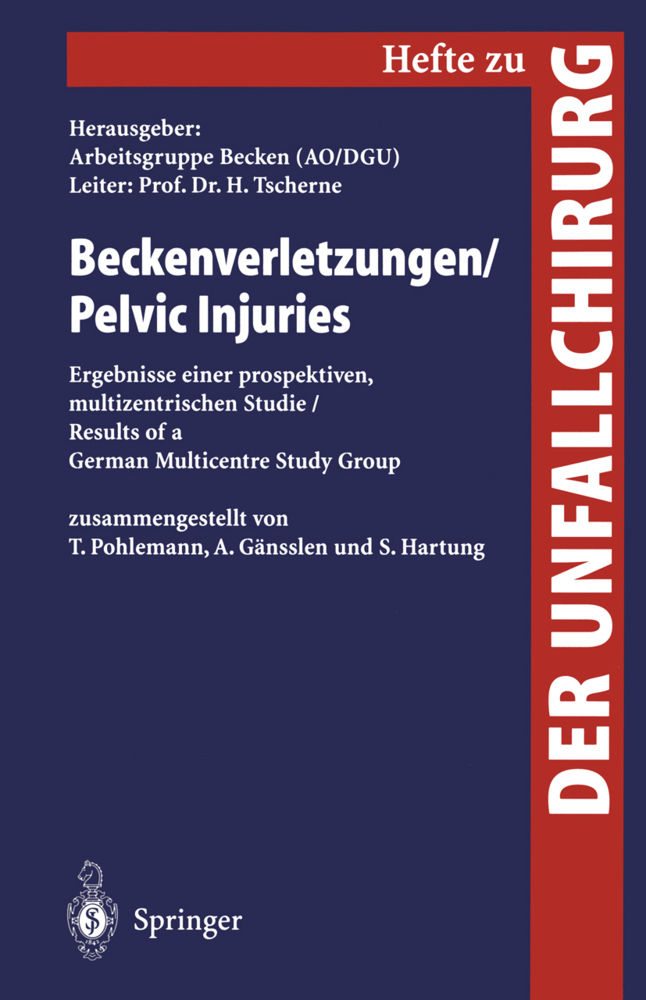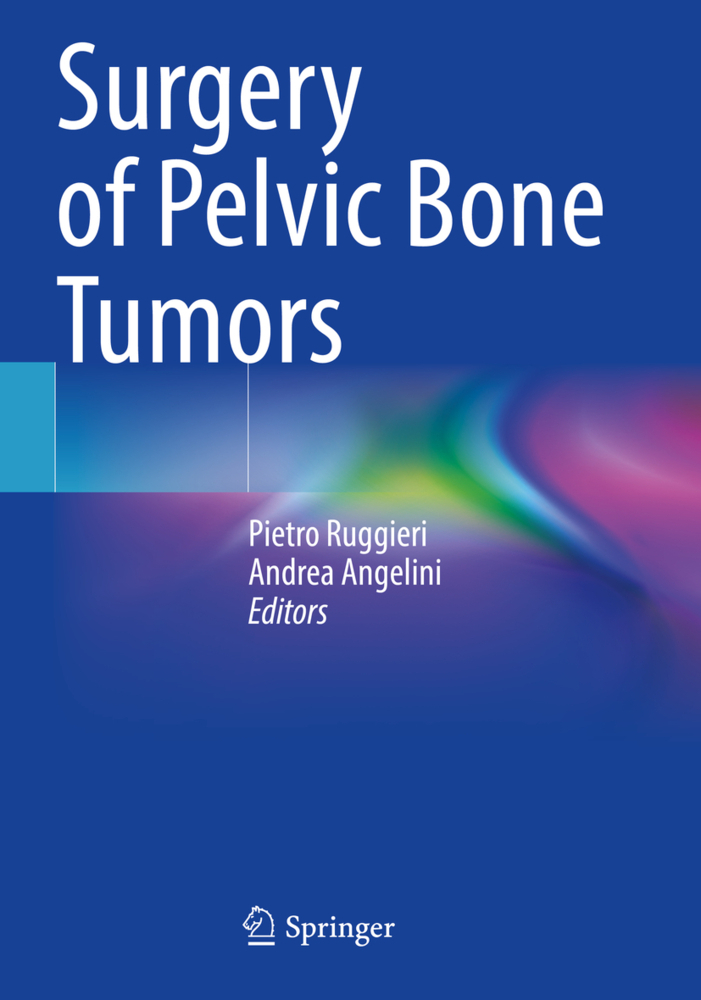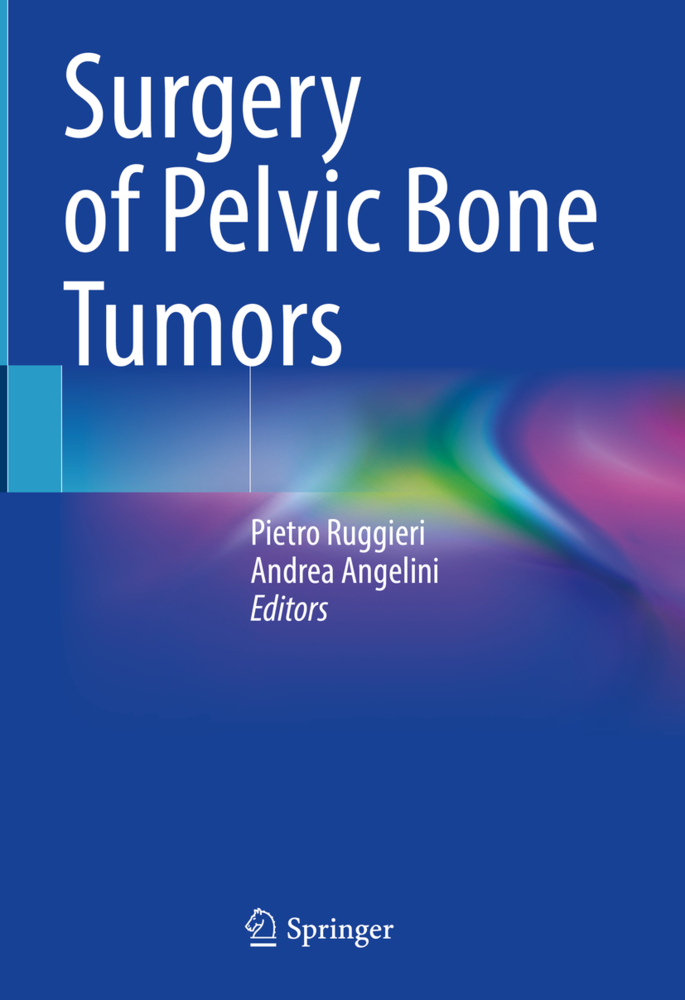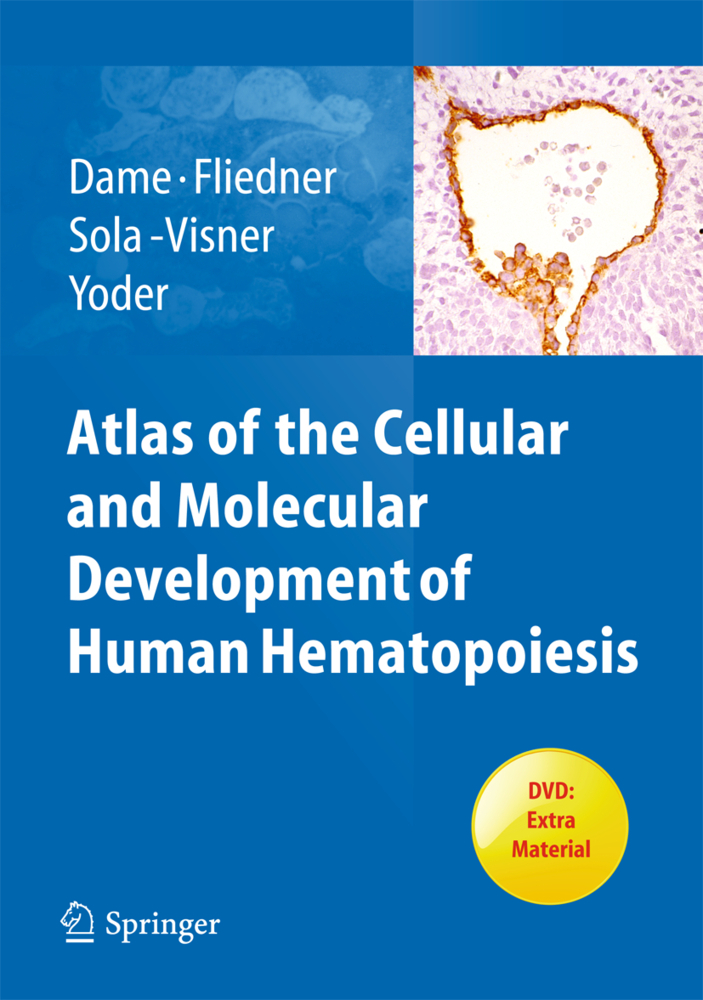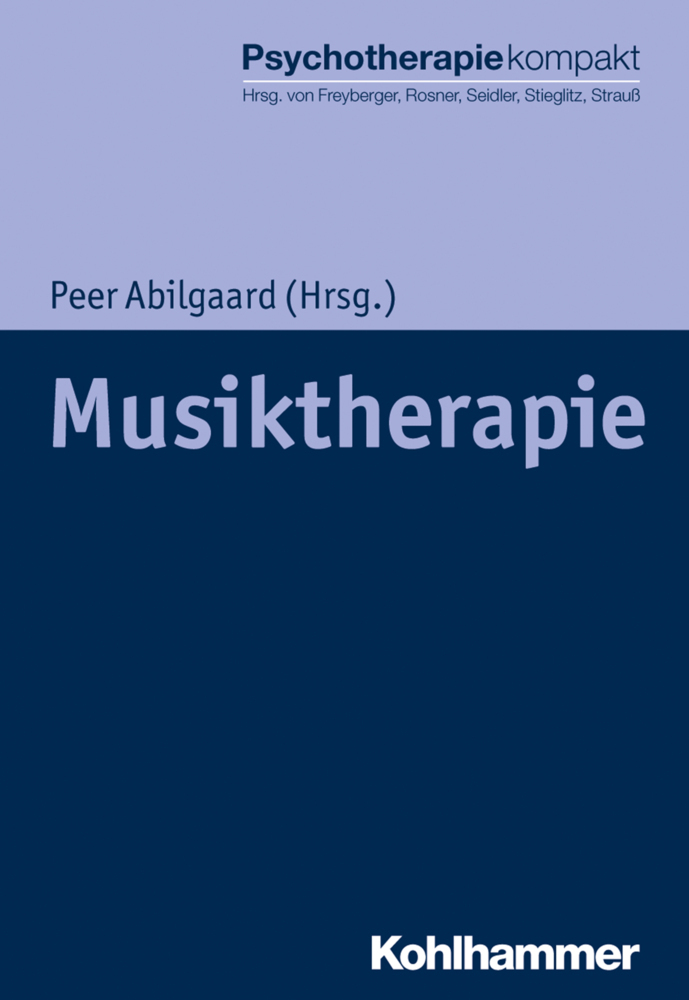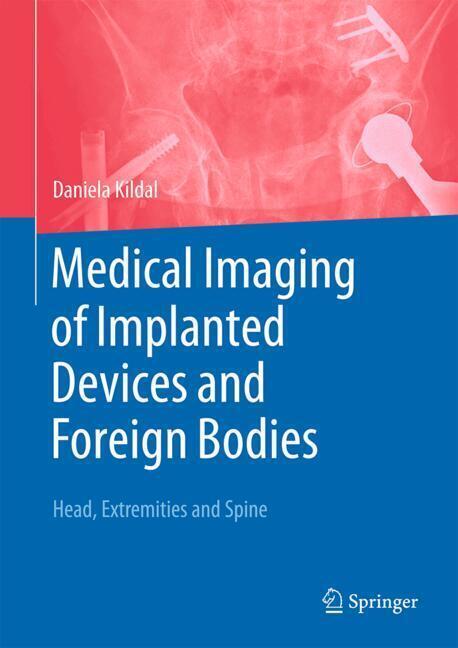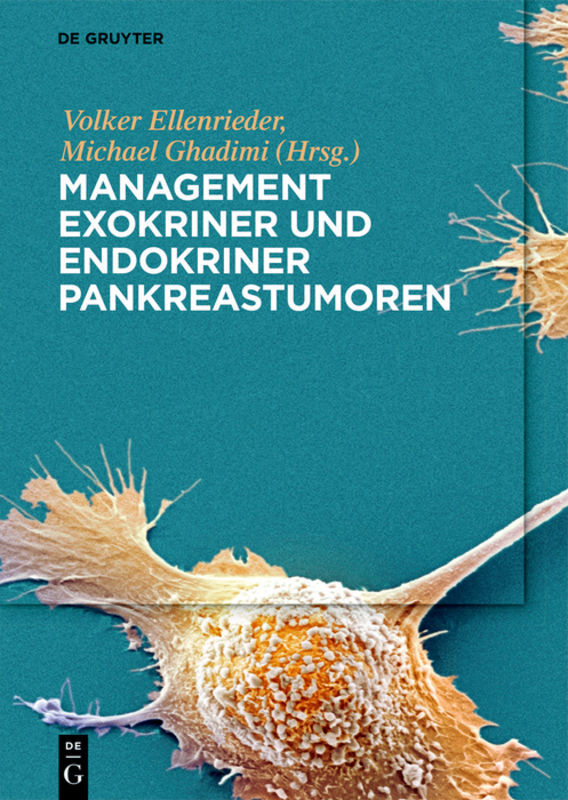Beckenverletzungen / Pelvic Injuries
Ergebnisse einer prospektiven multizentrischen Studie. Dtsch.-Engl. Hrsg.: Arbeitsgruppe Becken (AO/DGU)
Beckenverletzungen / Pelvic Injuries
Ergebnisse einer prospektiven multizentrischen Studie. Dtsch.-Engl. Hrsg.: Arbeitsgruppe Becken (AO/DGU)
Die international stark beachtete Multizenterstudie über Becken- und Acetabulumfrakturen umfaßt die Analyse von 1722 Patienten inklusive Nachuntersuchungsergebnisse. Anhand von Übersichten, Diskussion und Wertung bisher bekannter Verfahren erhält der Leser einen schnellen Überblick über aktuelle Definitionen, Diagnostik und Behandlungskonzepte zur Therapie von Beckenfrakturen, die den Studiendaten unter mauert werden./This multi-centre-study, highly recognized on the international level, comprises the analysis of 1722 patients including the results of post-operative care. By means of key notes, discussion and evaluation of techniques the reader is provided with a survey on up-to-date definitions, diagnostic and therapeutic concepts in pelvic fractures, which are supported by the results of the study.
2. Methodik
2.1 Teilnehmer
2.2 Primärerfassung
2.3 Nachuntersuchungskonzept
2.4 Allgemeine Anmerkungen zu den Daten
3. Ergebnisse
3.1 Epidemiologische Auswertung der Gesamtstudie
3.2 Diagnostik
3.3 Frakturklassifikation
3.4 Verletzte Regionen am Beckenring
3.5 Notfalltherapie und Komplextrauma Becken
3.6 Therapie der Beckenfraktur
3.7 Verlauf und Komplikationen
3.8 Acetabulumfrakturen
4. Nachuntersuchung
4.1 Nachuntersuchungsrate
4.2 Nachuntersuchungsergebnisse nach isolierten A-Verletzungen
4.3 Nachuntersuchungsergebnisse nach isolierten B-Verletzungen
4.4 Nachuntersuchungsergebnisse nach isolierten C-Verletzungen
4.5 Nachuntersuchungsergebnisse nach komplexem Beckentrauma und A-Verletzung des Beckens
4.6 Nachuntersuchungsergebnisse nach komplexem Beckentrauma und B-Verletzung des Beckens
4.7 Nachuntersuchungsergebnisse nach komplexem Beckentrauma und C-Verletzung des Beckens
4.8 Nachuntersuchungsergebnisse nach isolierten Acetabulumfrakturen
4.9 Nachuntersuchungsergebnisse nach kombinierten Acetabulum- und Beckenringfrakturen
4.10 Nachuntersuchungsergebnisse nach beidseitigen Acetabulumfrakturen
4.11 Behandlung und "Outcome" von Patienten mit isoliert posterioren Beckenringverletzungen
4.12 Behandlung und "Outcome" von Patienten mit C-Verletzungen und ausschließlicher Behandlung mit Fixateur externe
5. Übersicht der Nachuntersuchungsergebnisse
5.1 Schmerzen
5.2 Neurologische Spätschäden
5.3 Urologische Spätfolgen
5.4 Klinisches Gesamtergebnis
5.5 Radiologisches Gesamtergebnis
5.6 Restitutio ("soziale Reintegration")
5.7 "Outcome" Becken
5.8 Welche Faktoren haben einen Einfluß auf das Ergebnis?
5.9 Welchen Einfluß hat dieOsteosyntheselokalisation auf das radiologische Ergebnis?
5.10 Spezielle Patientengruppen
6. Zusammenfassung der Kernaussagen
6.1 Letalität
6.2 Notfallbehandlung
6.3 Operative Verfahren
6.4 Konservative Behandlung
6.5 Die wichtigsten Ergebnisse nach Beckenfrakturen auf einen Blick
6.6 Die wichtigsten Ergebnisse nach Acetabulumfrakturen auf einen Blick
6.7 Erfahrungen aus dem Studienkonzept
1. Introduction
2. Methodology
2.1 Participants
2.2 Primary record collection
2.3 The follow-up examination
2.4 General remarks on the data
3. Results
3.1 Epidemiological evaluation of the entire study
3.2 Diagnostics
3.3 Classification of fractures
3.4 Location of fractures of the pelvic girdle
3.5 Primary treatment and complex pelvic trauma
3.6 Treatment of the pelvic fracture
3.7 Course and complications
3.8 Fracture of the acetabulum
4. Follow-up examinations
4.1 Details of follow-up
4.2 Results of the follow-up examinations of isolated type A injuries
4.3 Results of the follow-up examinations of patients with an isolated Type B injury
4.4 Results of the follow-up examinations of patients with an isolated Type C injury
4.5 The results of the follow-up examinations after complex pelvic trauma with Type A injury to the pelvis
4.6 The results of the follow-up examinations after complex pelvic trauma with Type B injury to the pelvis
4.7 The results of the follow-up examinations after complex pelvic trauma with Type C injury to the pelvis
4.8 Results of the follow-up examination after isolated fractures of the acetabulum
4.9 Results of the follow-up examination after combined fracture of acetabulum and pelvic girdle
4.10 Follow-up examination after bilateral fractures of the acetabulum
4.11 Treatment and outcomefor patients with isolated posterior pelvic girdle injuries
4.12 Treatment and outcome for patients with Type C injuries exclusively treated by external fixation
5. Summary of the follow-up
5.1 Pain
5.2 Long-term neurologic disabilities
5.3 Long-term urologic disabilities
5.4 Clinical result
5.5 Radiological result
5.6 Rehabilitation ("social reintegration")
5.7 Pelvic "Outcome"
5.8 Which factors do influence the long-term result?
5.9 The influence of the location of stabilization to the radiological result
5.10 Evaluation of specific patient groups
6. Summary and "key-notes"
6.1 Mortality
6.2 Emergency treatment
6.3 Techniques of stabilization
6.4 Nonoperative treatment
6.5 Short summary of the results after pelvic ring injuries
6.6 Short summary of results after acetabular fractures
6.7 Conclusions of the study design
Anhang I/Appendix I
Hannover Polytrauma-Schlüssel
Hannover Polytrauma-Score
Classification pelvic ring
Classification of acetabular fractures
Classification of sacrum fractures
Bogen 1
Bogen 2
Bogen 3
Bogen 4
Sheet 1
Sheet 2
Sheet 3
Sheet 4
Nachuntersuchungsbogen-Follow-up Sheet
Zusammenfassende Ergebnisbeurteilung ("Outcome")
Summary of assessment of the outcome
Anhang II/Appendix II
Anhang III/Appendix III
Explanation of the tables
Literatur/Literature.
Inhaltsverzeichnis/Contents
1. Einleitung2. Methodik
2.1 Teilnehmer
2.2 Primärerfassung
2.3 Nachuntersuchungskonzept
2.4 Allgemeine Anmerkungen zu den Daten
3. Ergebnisse
3.1 Epidemiologische Auswertung der Gesamtstudie
3.2 Diagnostik
3.3 Frakturklassifikation
3.4 Verletzte Regionen am Beckenring
3.5 Notfalltherapie und Komplextrauma Becken
3.6 Therapie der Beckenfraktur
3.7 Verlauf und Komplikationen
3.8 Acetabulumfrakturen
4. Nachuntersuchung
4.1 Nachuntersuchungsrate
4.2 Nachuntersuchungsergebnisse nach isolierten A-Verletzungen
4.3 Nachuntersuchungsergebnisse nach isolierten B-Verletzungen
4.4 Nachuntersuchungsergebnisse nach isolierten C-Verletzungen
4.5 Nachuntersuchungsergebnisse nach komplexem Beckentrauma und A-Verletzung des Beckens
4.6 Nachuntersuchungsergebnisse nach komplexem Beckentrauma und B-Verletzung des Beckens
4.7 Nachuntersuchungsergebnisse nach komplexem Beckentrauma und C-Verletzung des Beckens
4.8 Nachuntersuchungsergebnisse nach isolierten Acetabulumfrakturen
4.9 Nachuntersuchungsergebnisse nach kombinierten Acetabulum- und Beckenringfrakturen
4.10 Nachuntersuchungsergebnisse nach beidseitigen Acetabulumfrakturen
4.11 Behandlung und "Outcome" von Patienten mit isoliert posterioren Beckenringverletzungen
4.12 Behandlung und "Outcome" von Patienten mit C-Verletzungen und ausschließlicher Behandlung mit Fixateur externe
5. Übersicht der Nachuntersuchungsergebnisse
5.1 Schmerzen
5.2 Neurologische Spätschäden
5.3 Urologische Spätfolgen
5.4 Klinisches Gesamtergebnis
5.5 Radiologisches Gesamtergebnis
5.6 Restitutio ("soziale Reintegration")
5.7 "Outcome" Becken
5.8 Welche Faktoren haben einen Einfluß auf das Ergebnis?
5.9 Welchen Einfluß hat dieOsteosyntheselokalisation auf das radiologische Ergebnis?
5.10 Spezielle Patientengruppen
6. Zusammenfassung der Kernaussagen
6.1 Letalität
6.2 Notfallbehandlung
6.3 Operative Verfahren
6.4 Konservative Behandlung
6.5 Die wichtigsten Ergebnisse nach Beckenfrakturen auf einen Blick
6.6 Die wichtigsten Ergebnisse nach Acetabulumfrakturen auf einen Blick
6.7 Erfahrungen aus dem Studienkonzept
1. Introduction
2. Methodology
2.1 Participants
2.2 Primary record collection
2.3 The follow-up examination
2.4 General remarks on the data
3. Results
3.1 Epidemiological evaluation of the entire study
3.2 Diagnostics
3.3 Classification of fractures
3.4 Location of fractures of the pelvic girdle
3.5 Primary treatment and complex pelvic trauma
3.6 Treatment of the pelvic fracture
3.7 Course and complications
3.8 Fracture of the acetabulum
4. Follow-up examinations
4.1 Details of follow-up
4.2 Results of the follow-up examinations of isolated type A injuries
4.3 Results of the follow-up examinations of patients with an isolated Type B injury
4.4 Results of the follow-up examinations of patients with an isolated Type C injury
4.5 The results of the follow-up examinations after complex pelvic trauma with Type A injury to the pelvis
4.6 The results of the follow-up examinations after complex pelvic trauma with Type B injury to the pelvis
4.7 The results of the follow-up examinations after complex pelvic trauma with Type C injury to the pelvis
4.8 Results of the follow-up examination after isolated fractures of the acetabulum
4.9 Results of the follow-up examination after combined fracture of acetabulum and pelvic girdle
4.10 Follow-up examination after bilateral fractures of the acetabulum
4.11 Treatment and outcomefor patients with isolated posterior pelvic girdle injuries
4.12 Treatment and outcome for patients with Type C injuries exclusively treated by external fixation
5. Summary of the follow-up
5.1 Pain
5.2 Long-term neurologic disabilities
5.3 Long-term urologic disabilities
5.4 Clinical result
5.5 Radiological result
5.6 Rehabilitation ("social reintegration")
5.7 Pelvic "Outcome"
5.8 Which factors do influence the long-term result?
5.9 The influence of the location of stabilization to the radiological result
5.10 Evaluation of specific patient groups
6. Summary and "key-notes"
6.1 Mortality
6.2 Emergency treatment
6.3 Techniques of stabilization
6.4 Nonoperative treatment
6.5 Short summary of the results after pelvic ring injuries
6.6 Short summary of results after acetabular fractures
6.7 Conclusions of the study design
Anhang I/Appendix I
Hannover Polytrauma-Schlüssel
Hannover Polytrauma-Score
Classification pelvic ring
Classification of acetabular fractures
Classification of sacrum fractures
Bogen 1
Bogen 2
Bogen 3
Bogen 4
Sheet 1
Sheet 2
Sheet 3
Sheet 4
Nachuntersuchungsbogen-Follow-up Sheet
Zusammenfassende Ergebnisbeurteilung ("Outcome")
Summary of assessment of the outcome
Anhang II/Appendix II
Anhang III/Appendix III
Explanation of the tables
Literatur/Literature.
Tscherne, H.
Arbeitsgruppe Becken (AO/DGU)
Pohlemann, T.
Gänsslen, A.
Hartung, S.
| ISBN | 9783540633129 |
|---|---|
| Artikelnummer | 9783540633129 |
| Medientyp | Buch |
| Copyrightjahr | 1997 |
| Verlag | Springer, Berlin |
| Umfang | 402 Seiten |
| Abbildungen | XXIV, 402 S. 112 Abb. |
| Sprache | Deutsch, Englisch |

